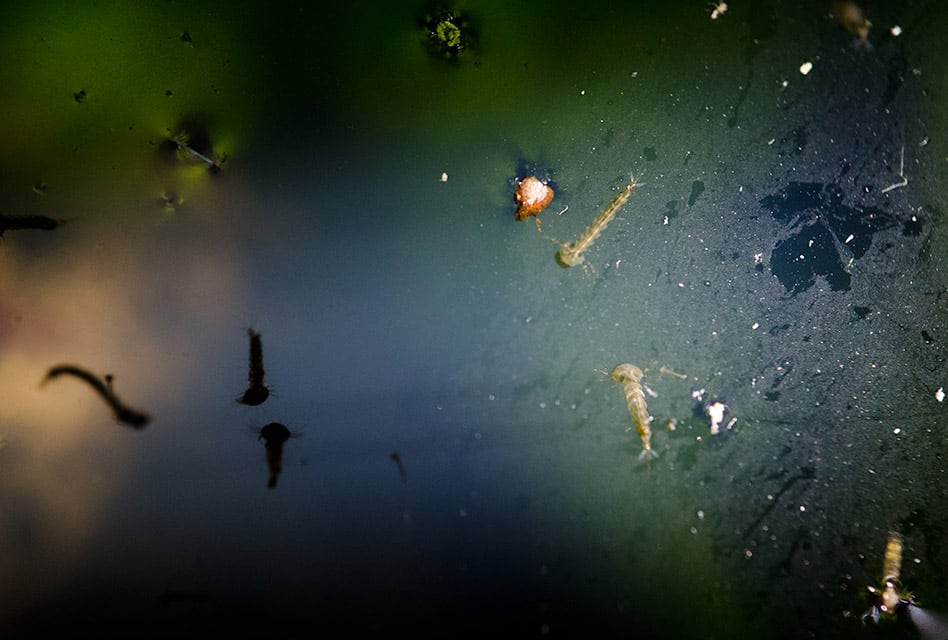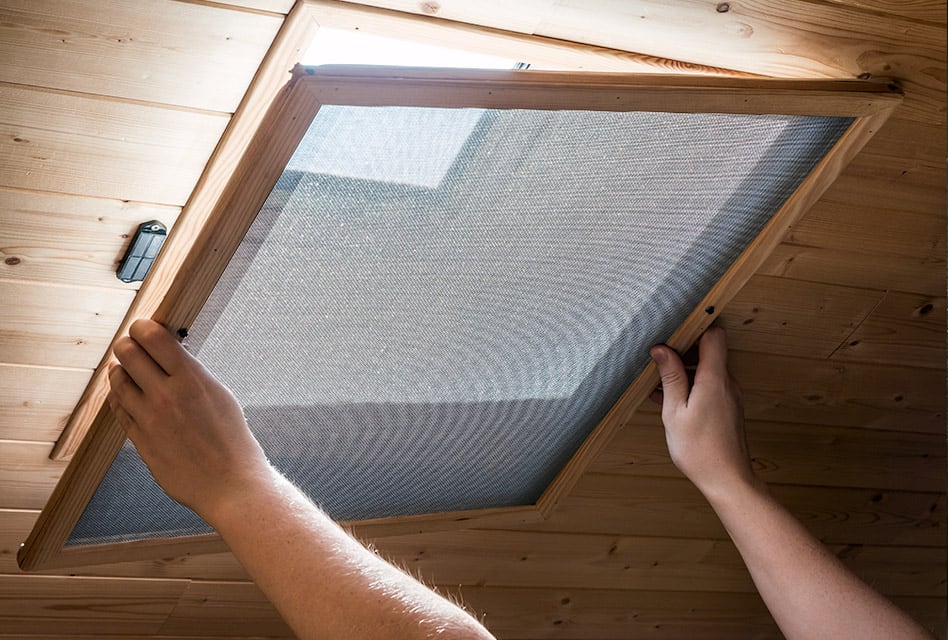What is a Mosquito?
Find nearby providers to get rid of mosquitoes today
If you are wondering what a mosquito is, then you have come to the right place. Through an explanation of the life cycle, how they feed, diseases they spread, and how we have tried to control them throughout the years, you should get a better understanding of these small fly-like creatures.
The Mosquito’s Life Cycle
All 3,500 species of mosquitoes go through the same life cycle starting as an egg, becoming a larva, transforming into a pupa, and finally transforming into an adult.
Egg
An adult female of the species lays her eggs in stagnant water, near the water’s edge, or attaches them to aquatic plants. This is the first step in the mosquito’s life. From 5 to 14 days, the animal lives its life inside of the egg growing into the next stage of its life, the larva stage.
Larva
The larva of a mosquito has a head and brushes for feeding, while they do not yet have legs. They live in the water but must come to the surface often to breathe. They feed constantly on algae and bacteria.
Pupa
After some time in this form, they transform into the pupa. Pupa also come to the surface to breathe, but during this stage, the mosquito does not eat. After only a few days in this stage, the small mosquito comes to the surface to begin its life as an adult.
Adult
The adult mosquito is ready to create more eggs only a few days after transformation from the pupa stage. Males of the species form swarms that the females pass through to mate. The males live for about a week and eat any form of sugar they can find. The female feeds on blood from animals and humans. After a meal, she will rest for a few days while the eggs are developed. Then she will begin the whole process again to lay as many eggs as she can during her one to two week life.
Feeding Behavior of the Female Mosquito
Many female mosquitoes, although not all, have adapted mouthparts to penetrate the skin of hosts to suck their blood. These are called ectoparasites. They must obtain a meal of blood before they are able to produce eggs. The nutrients and proteins in the blood help the eggs develop and protect them until they hatch.
The female is attracted to carbon dioxide, octenol, and especially nonanal, which our bodies naturally produce. The females smell these chemicals and are drawn to it.
During the heat of the day, mosquitoes rest in cool places waiting for the evening when they become active and feed at night.
Diseases Carried by Mosquitoes
By sucking the blood of humans, mosquitoes can carry diseases between hosts. Yellow fever, dengue fever, Chikungunya are a few viral diseases they can assist in spreading. Malaria is a parasitic disease they can spread. Tularemia is a bacterial disease that can even be transferred by biting flies. The West Nile virus and the Eastern equine encephalitis virus are two diseases of concern in the United States that can be spread by mosquitoes.
Controlling the Mosquito Population
By trying to reduce the mosquito population, humans hope to slow the spread of diseases carried by these pests. There are many ways in which we have tried to reduce and exterminate the population in different areas. By destroying suitable breeding grounds, cleaning up trash that can hold stagnant water, and removing plants that the insects can lay their eggs on, mosquito populations can be lessened.
At individual homes, screens in windows and mosquito nets, especially ones covered in insecticide, can help reduce and even eliminate the presence of mosquitoes. By introducing more natural predators to the ecosystem like dragonflies, bats, and blue martins, the pests will be eaten before they can breed and lay eggs. If bass, bluegill, piranhas, salmon, trout, catfish, or goldfish are added to a water system where the eggs, larvae, and pupae live, the population will be decreased because many of the species will not live long enough to become adults.
The mosquito is a complex animal. But understanding its breeding, developmental and feeding behaviors helps answer important questions about how it can be controlled.

